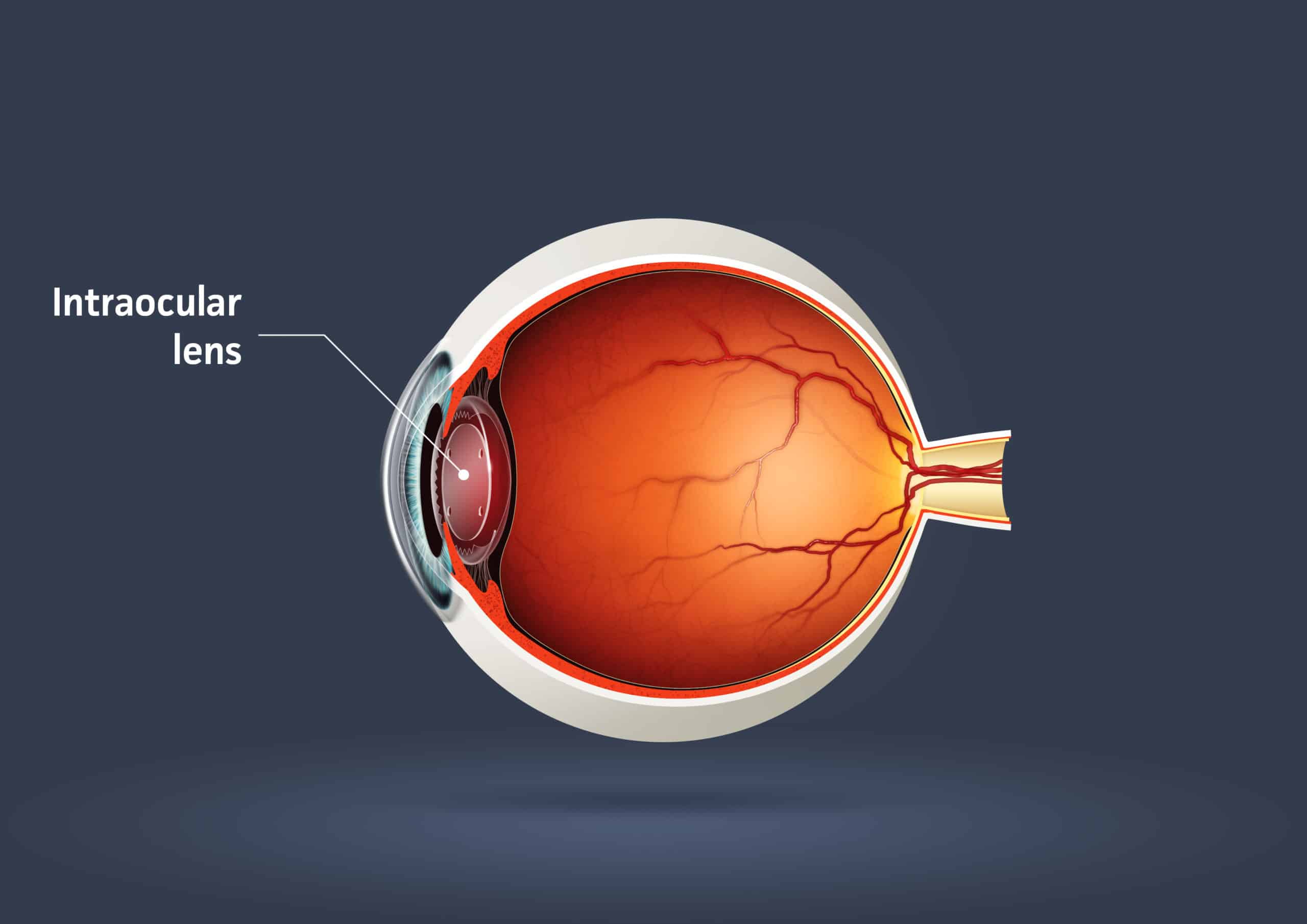For cataract treatment, the best solution is to get multifocal IOLs or intraocular lenses after surgery for complete freedom from eyeglasses.
Previously cataract surgery had one purpose, to restore the vision of the person and help them get back to their daily tasks. Whether it was for driving or watching television, the early cure for cataracts was focused on restoring long-distance vision. If you had to read a newspaper or look at anything at a close distance, reading glasses were required. There are also glasses called bifocals which have both near and far-sighted lenses. Presbyopia after surgery was a standard side effect of the process.
Thankfully, we live in a world where multifocal IOLs can correct every known visual issue that comes with cataracts.
The latest IOLs are comparable to other multifocal lenses and even bifocal lenses. The only difference is that they are embedded inside the eyes and you don’t have to maintain and care for them, unlike contact lenses. Patients who get IOLs usually never need glasses, unless they are reading the fine print. As of now, two types of FDA-approved IOLS exist namely: Tecnis Multifocal IOL and the AcrySof IQ ReSTOR. We shall take a look at both of them in the section below.
AcrySof IQ ReSTOR
This is a type of multifocal IOL manufactured by Alcon and has been widely available in the United States since 2005.
These lenses come with a patented design called “apodized diffractive”, which can distribute light very evenly. It ensures that light reaches all focal points; near, intermediate, and distant. Alcon states that this design helps get the best possible image quality under every lighting condition.
Stating an example, during low-light scenarios, our pupils dilate and light is scattered throughout the lens for a clearer vision. Having an IOL can help drivers at night. However, lenses such as ReSTOR might have a better close-range vision.
AcrySof IQ ReSTOR multifocal IOLs are very advanced and come with a holistic set of features. They have special aspheric optics, designed to reduce spherical aberration. The optics cut down light halos and give you better image quality. Alcon states that over 90% of all people who had opted for the ReSTOR multifocal IOLs say they would get it again without any hesitance.
Tecnis Multifocal IOL
This multifocal IOL is manufactured by Abbott Medical Optics or AMO and has been used in the United States since 2009.
AMO says that the Tecnis Multifocal IOL comes with a full diffractive surface that provides the best image quality, irrespective of lighting condition, distance, or the size of the pupil. Every 9/10 people who had undergone a cataract surgery lens replacement and opted for Tecnis Multifocal IOLs do not use glasses anymore.
Mixing IOLs: Is combining a monofocal and multifocal a good idea?
Technological advances are so far ahead that these days you can even opt to put different types of multifocal IOLs in your eyes. You can even put a multifocal and monofocal in either eye. However, all of this depends on the recommendation of your surgeon.
Why should you get different types of IOLs?
Everyone’s vision is unique to them, even their limitations and needs, and likewise, each IOL also has its benefits and drawbacks. Therefore, each variant of IOL can suit different people as per their needs. To match your needs an experienced surgeon will help you decide on the best possible combination of lenses. They will also help you discern if multifocal IOLs are viable.
You might be driving a lot at night and if your concern is the long-distance vision, a standard monofocal IOL might suit you. Having a monofocal IOL in either eye means that you won’t be able to read properly. If reading is also a priority, your surgeon will recommend that you opt for a monofocal in the primary eye for the best visual distance and a multifocal in the other eye. Doing so will help you reduce any sort of dependence on any sort of glasses.
There is an alternative, which uses a presbyopia-correcting Intraocular lens called Crystalens. The surgeon will ask you to opt for a multifocal IOL in one eye and Crystalens in the other. The latter will give you better range and sharpen your vision, sans glasses. A third option is using monofocal IOLs so that it provides monovision correction for cataract treatment.
It is similar to how monovision can be corrected through contact lenses. You can debate the advantages and disadvantages with your surgeon in detail. They will assess your eyes in a preoperative exam and give you a consultation.
Can you get multifocal IOLs?
When figuring out whether you can get multifocal IOLs, you need to ask yourself if you are willing to compromise visual clarity in exchange for not using glasses. If you work in a field where you are required to have 20/20 vision or pristine night vision, say if you fly planes or are a night-time driver; then multifocal IOLs might not be for you. You might be better off getting the standard monofocal variant. While you would get optimal long-distance vision, you will still need reading glasses or bifocals to see things better up close.
If you happen to have any pre-existing visual condition that affects your eyes, a monofocal IOL would be better. This is because multifocal IOLs require you to have virtually no other impairment in both your eyes, apart from a cataract. Evaluating yours with the help of a cataract surgeon is crucial. They will tell you whether your vision will be affected post-surgery and if you can even get an IOL.
Multifocal IOL Cost
To get the best possible vision, the placement of the multifocal IOL is key. It has to be precisely placed and this aspect is even more important for multifocal IOLs. This is why if you want multifocal IOLs you will be asked to get laser cataract surgery lens replacement. This is because a femtosecond laser can help the surgeon place a multifocal IOL more neatly.
While getting the laser-assisted process might cost you more, it is more than likely that your eye doctor or your cataract surgeon will advise you to help finance the surgery. An important thing of note is that both medicare and your insurance plans will only cover the standard cost of a monofocal IOL. Your surgeon will tell you the exact amounts either during the consultation or the preoperative exam.
Our experienced eye-care staff at Vision Center of New York is committed to using the most advanced technology and surgical techniques to preserve and restore your vision. Dr. Gary Fishman and Dr. Simon Wu are world-class cataract specialists, having attended the top schools and receiving the top training in the U.S. Call us today to schedule your appointment now, your vision is our top priority.

